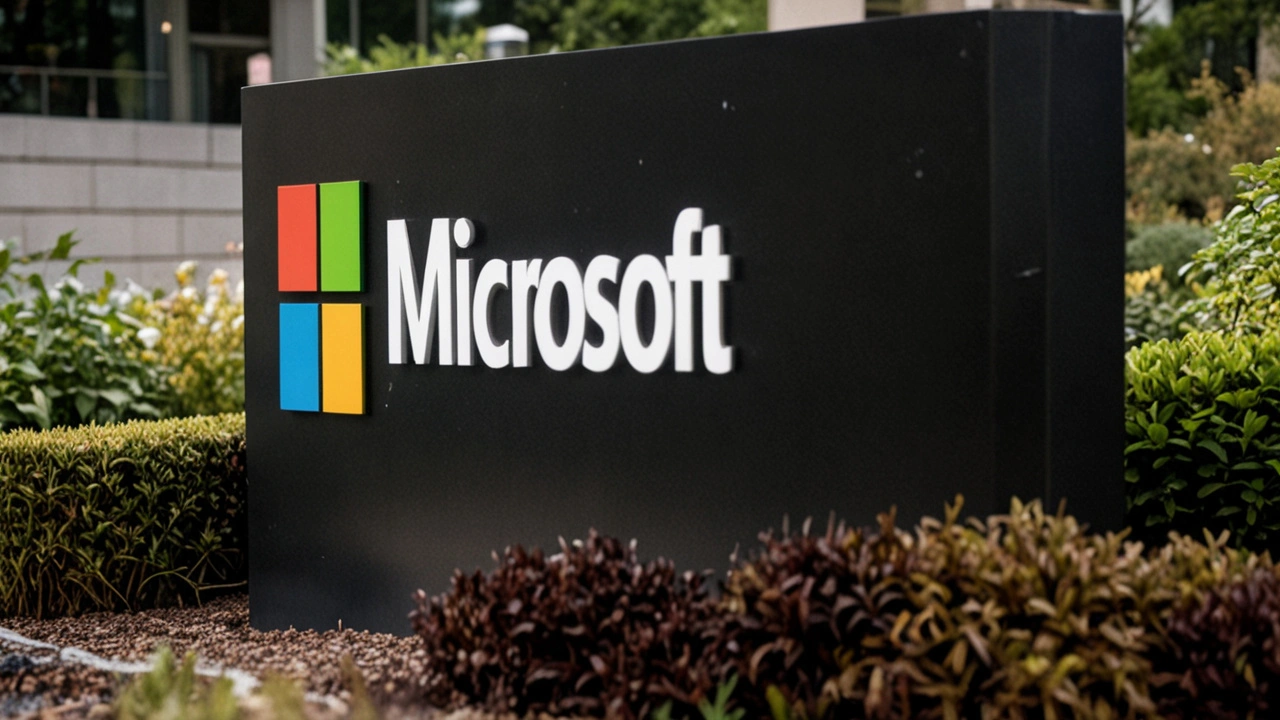Understanding the Blue Screen of Death
Ever had your screen go blue with a scary error message and your PC just freeze or restart? That’s what people call the Blue Screen of Death, or BSOD for short. It’s Windows’ way of telling you something’s seriously wrong—usually with your hardware, drivers, or system files.
This screen appears when Windows hits a critical problem it can’t safely recover from. Instead of risking data corruption or worse, it just shuts down to protect your PC. Sure, it’s frustrating, but it’s actually a safety feature.
Common Causes of Blue Screen Errors
The BSOD can happen for all sorts of reasons. Bad or outdated device drivers are a classic offender, messing up the communication between your hardware and OS. Failing hardware like RAM or hard drives can also cause these crashes. Sometimes, recent software updates or new programs create conflicts that trigger the blue screen.
Another troublemaker is overheating. When your PC components get too hot, they can behave unpredictably and cause a system crash. Malware or corrupted system files are less common but still possible reasons.
How to Fix and Avoid BSOD Issues
When you see a blue screen, take note of the error code or message shown. It points you toward the cause. Start by running Windows Update and installing all available patches, especially driver updates. Outdated drivers are a huge culprit here.
You can also check your hard drive and RAM health using built-in tools like CHKDSK or Windows Memory Diagnostic. If something’s failing, it’s wise to replace the hardware or seek professional help.
Regularly scanning for viruses and keeping your PC clean from dust helps prevent overheating and malware problems. Avoid installing sketchy programs and always back up your important files, just in case.
Dealing with BSOD can be a bit of a headache, but understanding its causes and taking these steps can save you a lot of hassle. Keep your system updated, watch for hardware issues, and your PC will be far less likely to show you that dreaded blue screen.

Global Microsoft Outage Triggers 'Blue Screen of Death' Due to Crowdstrike Update
A recent update from cybersecurity firm Crowdstrike has caused a worldwide 'Blue Screen of Death' for Microsoft Windows users, affecting systems in multiple countries. The Falcon Sensor update conflict is believed to be the cause, leaving systems to restart or shut down. Crowdstrike is addressing the issue, while Microsoft has yet to confirm the exact cause.
